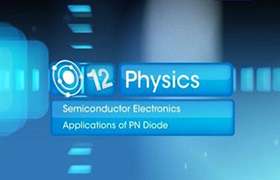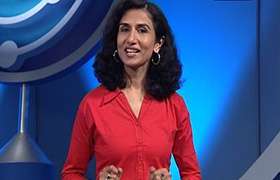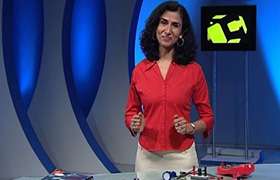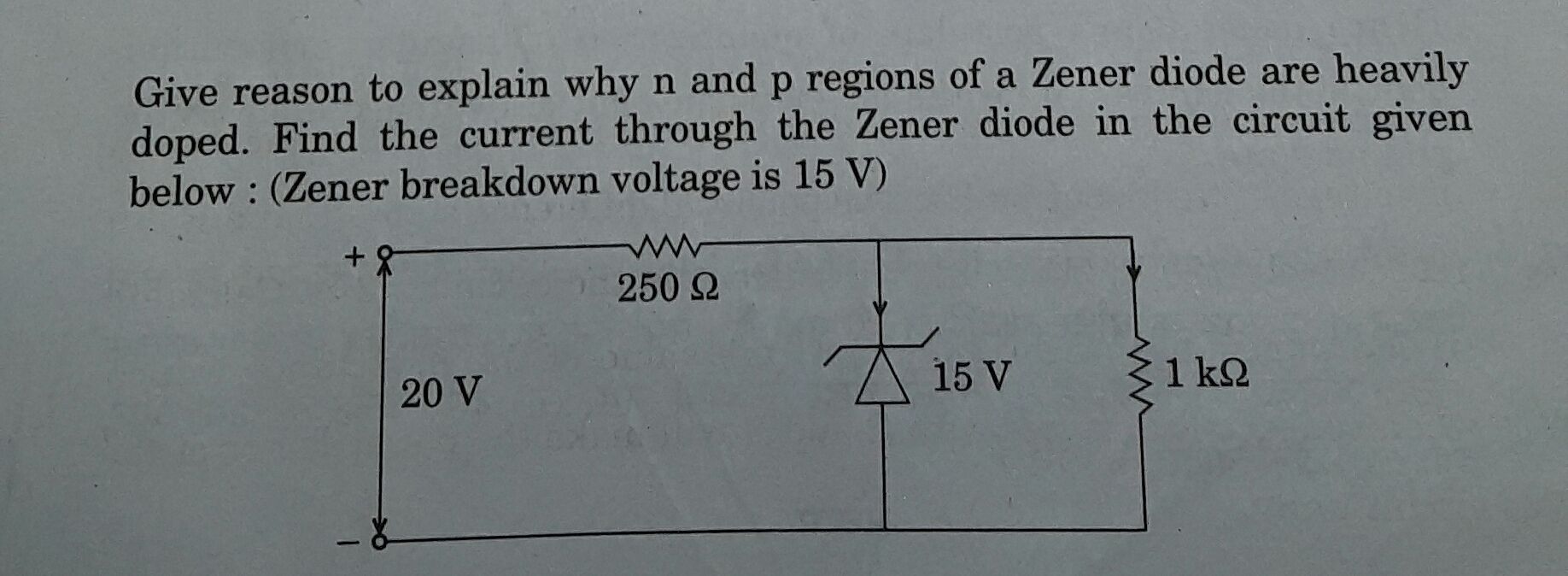CBSE Class 12-science Answered
Explain half wave and full wave rectifier.
Asked by pksunilnair | 04 Dec, 2017, 09:15: AM
Half Wave Rectifier is a circuit that is used to convert AC into DC.
The circuit usually contains a diode that allows current to flow in one direction i.e. in the forward bias and block the current in the reverse bias.
In this way what we get is a direct current with many positive half cycles with the intervals of π.
Full wave rectifier is also used for the conversion of AC to DC
Here the sinus wave AC signal is passed to the circuit containing two diodes.
The positive half cycle is passed through one of the diodes in the forward bias and the negative cycle is passed through the other diode in the forward bias.
Answered by Gajendra | 05 Dec, 2017, 12:06: PM
Concept Videos
CBSE 12-science - Physics
Asked by abhitailor158 | 06 Mar, 2019, 05:56: PM
CBSE 12-science - Physics
Asked by vk335548 | 05 Mar, 2019, 10:32: PM
CBSE 12-science - Physics
Asked by bjayanta | 05 Mar, 2019, 02:35: PM
CBSE 12-science - Physics
Asked by shariefy0007 | 22 Feb, 2019, 10:51: PM
CBSE 12-science - Physics
Asked by rohitraman1115 | 21 Nov, 2018, 04:57: PM
CBSE 12-science - Physics
Asked by Topperlearning User | 19 Jun, 2014, 01:54: PM
CBSE 12-science - Physics
Asked by Topperlearning User | 19 Jun, 2014, 02:06: PM
CBSE 12-science - Physics
Asked by Topperlearning User | 19 Jun, 2014, 02:11: PM
CBSE 12-science - Physics
Asked by Topperlearning User | 04 Jun, 2014, 01:23: PM
CBSE 12-science - Physics
Asked by Topperlearning User | 04 Jun, 2014, 01:23: PM





